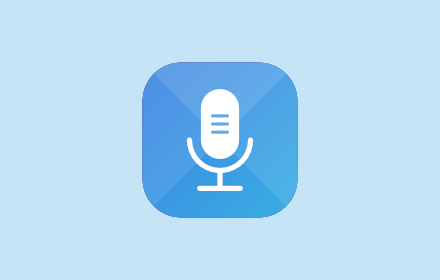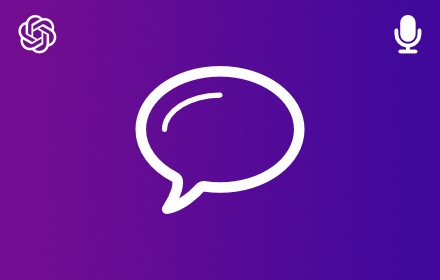Text-to-Speech Accessibility: Enabling Inclusivity Across Platforms
From its early mechanical roots to the sophisticated digital avatars of today, text-to-speech technology has evolved radically. Its impact extends far beyond mere convenience, anchoring itself as a cornerstone of accessibility in our digital age. At the heart of Text-to-Speech Accessibility is the commitment to providing equitable access to information and technology for individuals with disabilities, breaking down the barriers that once hindered full participation in society.
The Transformative Role of Text-to-Speech Accessibility
Text-to-speech technology has emerged as a pivotal tool in fostering inclusivity. By converting written text into spoken words, it empowers those with visual impairments, learning disabilities like dyslexia, or other challenges that make reading text a substantial hurdle. This transformative role is significant in educational settings where access to information is vital for student success. For example, audiobooks and speech-enabled devices enable students with disabilities to participate on an equal footing with their peers.
Furthermore, the workplace environment is another domain where text-to-speech accessibility proves indispensable. By enabling access to written documents and digital correspondence through audible means, employees with disabilities can perform their duties effectively, contributing their skills and talents without undue hindrance. As an intersection of technology and empathy, text-to-speech accessibility bridges the gap between ability and aspiration, creating an inclusive environment for all.
Text-to-Speech Accessibility in Daily Life
In everyday life, text-to-speech technology manifests in numerous ways. Smartphones, home assistants, and navigation systems have integrated speech synthesis to enhance user experience for the visually impaired and others who benefit from auditory output. This integration portrays how text-to-speech accessibility is not merely a specialized accommodation but an essential aspect of user-friendly design.
The reach of text-to-speech technology extends to those learning new languages, breaking down linguistic barriers and aiding pronunciation. As learners listen to the correct enunciation of words and sentences, they acquire the language more effectively. Similarly, text-to-speech functionality is a boon to the elderly, who may struggle with small text sizes on digital devices, ensuring that age does not limit access to technology.
Empowering Diverse User Experiences with Text-to-Speech Accessibility
When applications and devices are designed with text-to-speech accessibility in mind, they empower users with diverse needs to navigate digital landscapes autonomously. The seamless integration of text-to-speech technology in software applications, such as the Voice Control for ChatGPT browser extension with the Mia AI assistant, is a testament to such empowerment. Users can interact conversationally with an AI, obtaining information and performing tasks through voice commands and auditory feedback.
In entertainment, text-to-speech technology allows for inclusive gaming experiences and enables wider audiences to enjoy media content. Game developers are increasingly including speech-based interfaces, allowing players with disabilities to engage fully in gaming adventures. Similarly, film and television producers are exploring text-to-speech solutions to provide descriptive audio tracks for those with visual impairments, hence broadening their audience reach.
Conclusion
Text-to-speech accessibility is a clear example of technology being harnessed to serve humanity's higher goals of inclusivity and empowerment. It leverages the strength of digital innovations to accommodate the needs of the disabled, leading to a more integrated and participatory society. As we move forward, the potential of text-to-speech technology to shatter even more barriers is boundless. With ongoing improvements in speech synthesis and natural language processing, the future looks bright for ensuring that everyone, regardless of physical ability, can benefit from the digital revolution.
Accessibility is not an option but a necessity in the modern world. As text-to-speech technology continues to mature, its role in enabling inclusivity will only become more integral to building an equitable digital landscape for all.
Subscribe to our newsletter
Subscribe to our newsletter for tips, exciting benefits, and product updates from the team behind Voice Control!
Other projects from the team

Talkio AI
The ultimate language training app that uses AI technology to help you improve your oral language skills.

TalkaType
Simple, Secure Web Dictation. TalkaType brings the convenience of voice-to-text technology directly to your browser, allowing you to input text on any website using just your voice.

Voice Control for Gemini
Expand the voice features of Google Gemini with read aloud and keyboard shortcuts for the built-in voice recognition.